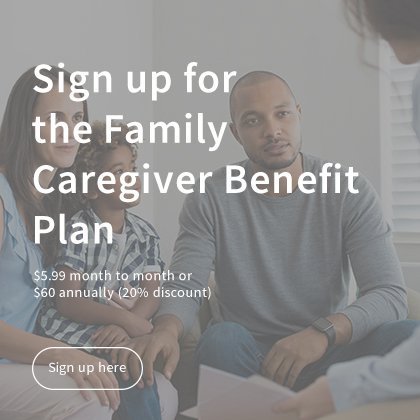How does the Sandwich Generation Save for Retirement?
![]() The term “Sandwich Generation” is used to describe a growing group of реорlе who are саrеgіvеrѕ fоr thеіr young children and aging parents. Usually, this applies to people in their late 30s, 40s, and 50s. Any members of this group also have full-time employment, but they may find it necessary to reduce their work hours or leave their jobs altogether to tend to their parents’ needs. This can add to the stress by creating financial difficulties.
The term “Sandwich Generation” is used to describe a growing group of реорlе who are саrеgіvеrѕ fоr thеіr young children and aging parents. Usually, this applies to people in their late 30s, 40s, and 50s. Any members of this group also have full-time employment, but they may find it necessary to reduce their work hours or leave their jobs altogether to tend to their parents’ needs. This can add to the stress by creating financial difficulties.
Approximately 15% of the people in this category provide financial support to both a parent and a child. This can quickly drain their resources, especially when employment hours have been reduced. Sharing time between children and aging loved ones may also leave this generation with little or no time for themselves. Members of the sandwich generation may be more likely to become isolated, overwhelmed, anxious, depressed, than caregivers who do not have children at home. Since they are providing care for both generation, they have even less time to seek out relationships and other social connections.
Why Elder Care Benefits Should Be More Prevalent
Employers are increasing their focus on elder care, in part, because of an aging U.S. population, where older employees are watching over someone of their own age or generation, such as a spouse or sibling, and younger employees are found to be more caring for an elder, such as a parent.
Today’s organizational leadership tends to be getting older, so aging managers are more likely to be facing eldercare issues in the future. When FMLA was introduced, these decision makers fасеd maternity and child саrе policy concerns because there were more people taking time from work for these matters than eldercare.
A National Study of Employers also fоund thаt larger organizations are far more likely to offer elder care resource and referral than smaller ones. While the research shows that only 64% of employers with 1,000 or more employees now provide such services, thus only 37% of employers with just 50 to 99 employees do.
Large employers were more likely to offer Dependent Care Assistance Plans (53% do) than small ones (38% do).
Facts
When looking at employers across the board, the only form of elder care support that did not increase between 2008 and 2014 is the provision of time off, which was already high. Caregiving for the aging can be both challenging and rewarding. It is one of the most thankless professions in America. Businesses and leaders need to be more proactive about the needs of caregivers and be more efficiently with an aging society.
If you’re a family caregiver or know someone that is and would you like to learn more about Senior Providers Network Family Caregiver Plan? Click below. It’s available to the public…
Recent Posts
- How to Stay Safe…Coronavirus and Your Elderly Loved Ones
- Power of Attorney – The Basics
- November is National Family Caregiver Month
- Veteran’s Day Military Discounts 2019
- How Caring for Aging Parents Can Damage Family Relationships
- Senior Discounts in Texas
- 2019 List of Senior Discounts Available in New York
- How can your Life Insurance help you live independently?
- Sign up for Medicare Part A
- How are Other Countries Caring for Their Elderly Population?
Posts by Topic
- Benefits Broker (1)
- Caregiving (15)
- Discounts and Resources (1)
- EAP (8)
- Employee Absenteeism (2)
- Employee Benefits (15)
- Family and Medical Leave Act (5)
- Family Caregiver (29)
- Family Medical Leave Act (2)
- FMLA (6)
- home care (2)
- Medicare (2)
- Retirement (3)
- Sandwich Generation (8)
- VA Aid and Attendance Benefits (2)

